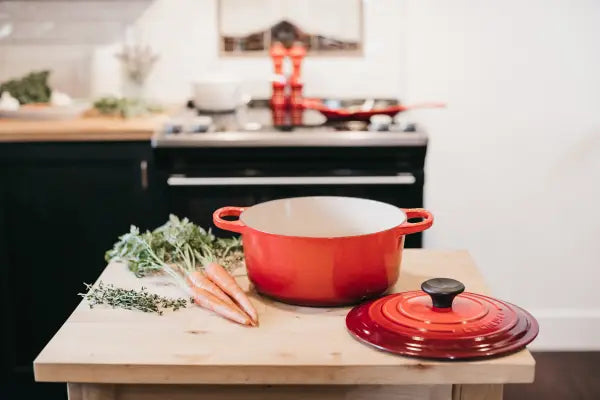How to Get Baby on a Feeding Schedule
Your baby has been observing the content of your plate with curiosity for a little while now, and maybe even trying to steal a bite! They can also stay seated with little or no support… All good signs that baby is ready! So here you are, phone in your hand, snapping pictures of your precious baby eating their very first meal other than breastmilk or formula! So exciting, right?
But When Should You Start a Feeding Schedule?
Introducing solids might seem a little blurry for you, and you have questions:
-
How much food should you feed your baby in one meal?
-
How often should you offer solids?
-
Does a baby require 3 to 4 meals a day right away?
-
And does solid food replace breastmilk or formula?
No panic! This article will debunk, bite after bite, how to proceed with this important milestone. Getting your baby on a feeding schedule can be done progressively—starting from that first spoonful all the way to 12 months old.
So let’s do this! And remember, starting solids has to remain a fun and enjoyable experience.
Finding the Right Time to Feed Your Baby
Choosing the best time of the day to feed your baby really depends on you and your baby.
-
Some families find that breakfast works best, especially when baby is awake and happy.
-
Others prefer lunchtime—maybe in between two milk feedings.
You'll soon discover what works best for you. Over time, you’ll move from one meal a day to 3 solid meals + 1 or 2 snacks. Here's a breakdown by age:
Baby Feeding Schedule by Age
4 to 6 Months: The Very Beginning
-
First, make sure your baby is ready—look for signs of readiness and check with your pediatrician.
-
Begin with one meal a day, which may look like just a few spoonfuls (or small bites if doing BLW).
-
Follow your baby’s cues—offer but don’t force feed.
-
At this stage, breastmilk or formula remains the main source of nutrition.
-
Solid foods are there to cultivate curiosity and taste development, not to replace milk yet.
6 to 9 Months: Building on the Basics
-
Around 6 months, babies can usually crush food between the tongue and the roof of the mouth.
-
Many parents begin Baby-Led Weaning (BLW) around this time.
-
Move from one to two meals per day, plus a small afternoon snack.
-
By 9 months, you can start to introduce more textures.
10 to 12 Months: Transitioning to Three Meals
-
This is a great time to introduce finger foods and even slightly firmer textures.
-
Baby can now enjoy 3 solid meals per day + 1–2 snacks.
-
By 12 months, solid food becomes the primary source of nutrition, and cow’s milk can be introduced.
How Much Should I Feed My Baby?
-
Determining the best serving size per meal will really depend on your baby’s:
-
Appetite
-
Mood
-
Energy level
✅ Never force feed
✅ Mealtimes should be a joyful experience
✅ Portion sizes will vary day to day—and that’s totally normalFor guidance, we created a tool with average portion sizes by age and food type.

-
How Long Should It Take for Baby to Eat?
-
Mealtime duration varies—your baby might:
-
Eat joyfully in just a few minutes
-
Take their time depending on energy or hunger
-
-
The key? Your baby should seem satisfied and content overall.
Bonus Tip: Feeding Schedules and Sleep Go Hand in Hand
Getting a good nap-time and bedtime routine will help support your feeding schedule, too.
There are great tools to help you log and organize these milestones.
🍼 Our favorite? the Smart Sleep Coach by Pampers.
Final Thoughts on Baby Feeding Schedules
Remember to have fun and enjoy the experience 🙂
Feeding your baby is a beautiful and evolving journey. Take it one bite at a time!




Leave a comment